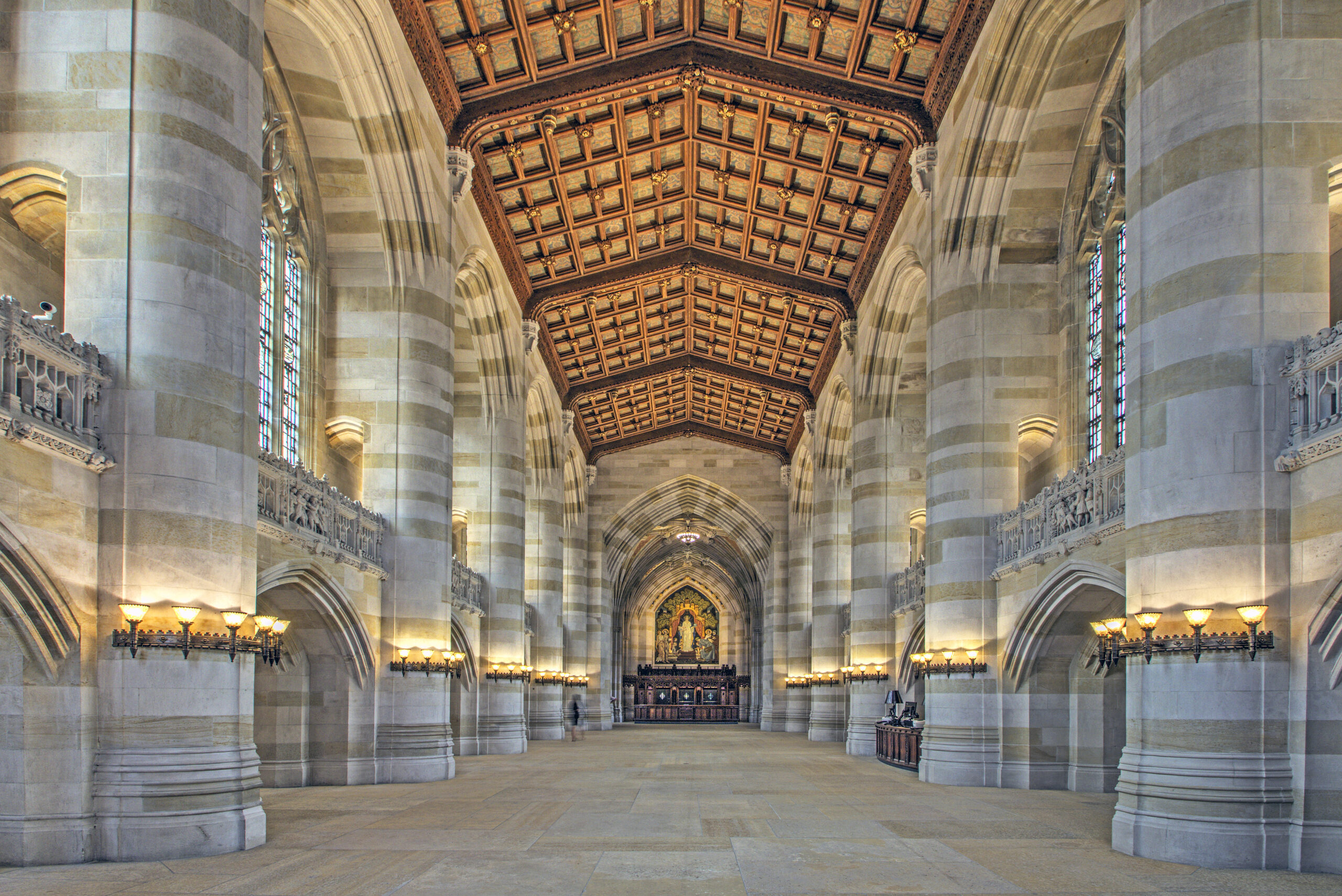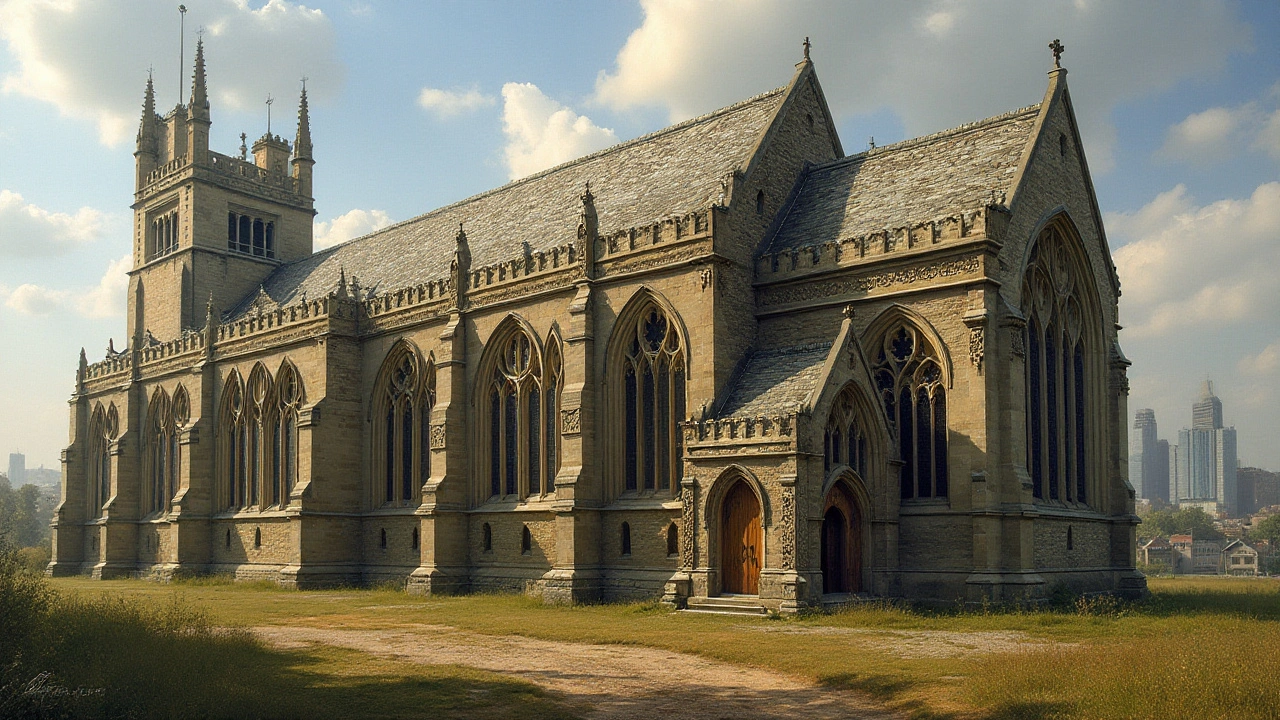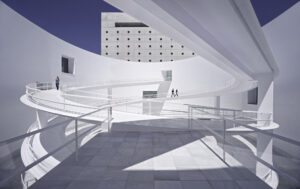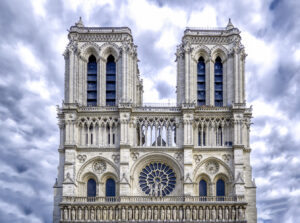Why the World Fallen in Love Twice: The Eternal Heart of Stone
Architecture is a profound statement of human aspiration and rarely consists solely of bricks and mortar. Gothic and its 19th-century revival, known as Neo-Gothic or the Gothic Revival, are the styles that best capture this idea. This was more than just a fad; it was a love affair with the Middle Ages on a social, spiritual, and artistic level.
In stark contrast to the chilly, industrialising world of the 1800s, the revival was a communal cry of longing for a time believed to be one of sincere faith and exquisite craftsmanship. We were reviving a noble ideal, not only erecting cathedrals.
While the Neo-Gothic style brought the same soaring spirituality to everything from private houses to universities and parliaments, the original Gothic era (12th–16th century) offered us lofty sanctuaries. It’s a striking illustration of how some architectural concepts are just too exquisite to be forgotten.
Chapter 1: The Reasons We Missed the Past
The Rebellion of Romanticism Against Classicism
Neoclassicism, which was characterised by the logical, ordered forms of ancient Greece and Rome, was the dominant architectural language by the middle of the 18th century. But a feeling of emotional, mediaeval passion started to seep in as the Romantic movement swept across literature and art.
Leading the battle were architectural theorists such as John Ruskin and Augustus Pugin. In contrast to the “pagan” and shallow Neoclassical style, Pugin, in particular, believed that the Gothic style embodied Christian virtue and “truth” in construction. This was an artistic crusade cloaked in a moral one. The structures they supported were designed to evoke a sense of solidarity and commitment, which many believed had been lost during the Industrial Age.
Especially in Britain, the Gothic Revival style soon came to be seen as a symbol of monarchy, tradition, and high church values. It demonstrated that piety and beauty might coexist in a single building by providing an enthralling fusion of the scenic and the spiritual.
International Growth: A New Empire’s Fashion
The movement was not limited to places of worship. Neo-Gothic was embraced by governments and educational establishments to convey a sense of moral authority, enduring power, and a rich past. The competition for the new design required a choice between Gothic and Elizabethan styles after the London Houses of Parliament burned down in 1834. Charles Barry and Pugin’s ensuing Palace of Westminster, a magnificent statement of Britain’s regal historical and cultural self-image, became the quintessential example of the Neo-Gothic style worldwide.

Sint-Petrus-en-Pauluskerk in Ostend (Belgium), built between 1899 and 1908
Chapter 2: The Revival’s Magnificent Anatomy
Neo-Gothic’s mastery of height and light, attained by repurposing mediaeval structural ingenuity, is what gives it its lasting impact. The revivalists realised they needed to replicate Gothic’s distinctive architectural features in order to capture its essence.
The Liberator’s Pointed Arch
The pointed arch is the most basic component. The pointed arch generally transmits weight downward rather than outward, in contrast to the rounder Romanesque arch. This straightforward change in geometry made it possible to have much thinner and taller walls, freeing the building from heavy stone supports and opening the door to monumental height.
Flying Buttresses (The Stylish Support)
The flying buttress was restored to offset the residual lateral load from the high ceilings. These half-arches, which are supported by enormous external piers, enable the walls to open up by pushing the weight of the vault and roof outward and downward to the ground. The building’s façade is given a sense of wonder and delicate strength by the appearance of these ‘flying’ parts, which appear weightless but are incredibly sturdy.
Stained glass (The Divine Light) and ribbed vaults
Inside, a system of stone ribs called the ribbed vault supported the structure and produced elaborate, ornamental designs on the ceiling. One essential component—the massive stained glass windows—was made possible by this lightweight skeleton and the flying buttresses’ support.
The inside is flooded with kaleidoscopic light from Neo-Gothic windows, whether they are Lancet or Rose windows. This light, which frequently shows geometric patterns or colourful biblical stories, changes the room and acts as a potent emotional medium that draws the audience closer to God. This is the best way to capture the essence of the style.

Gothic Revival: Holy Name Cathedral, Chicago Gothic Revival interior of Holy Name Cathedral (1875), Chicago.
Chapter 3: A Contemporary Proclamation: The Everlasting Legacy of Neo-Gothic
Long into the 20th century, the Neo-Gothic style was so popular that it was adopted as the standard for particular building types, solidifying its place in our collective consciousness.
American Magnificence: The Gothic Collegiate Style
The Collegiate Gothic is arguably the most endearing variation of the style. In order to evoke the tradition of Europe’s historic intellectual institutions, American universities like Yale and Princeton embraced the style in the early 1900s. For centuries of students, the towers, gargoyles, and stone tracery reinforced a sense of continuity and belonging by fostering an environment of scholarly tradition and serious intellectual study.

Yale University Library
The Neo-Gothic Spirit and Contemporary Verticality
Neo-Gothic design lessons are still relevant in postmodern and high-tech building today. The spires and tapering crowns of modern skyscrapers reflect the style’s relentless pursuit of verticality. Even while buildings like London’s The Shard are made of contemporary materials like steel and glass, their thin, sky-piercing outlines reflect the same spiritual goal that inspired the Cologne Cathedral’s builders centuries ago. The drive to achieve greater heights is the essence of the Neo-Gothic.

Epilogue: The Everlasting Love
As new architectural ideologies gained traction, the Neo-Gothic period formally came to an end, but its buildings are still among the most beloved and visited locations in the world. This style’s ongoing appeal is demonstrated by the world’s obsession with preservation initiatives, particularly the painstaking restoration of iconic structures like Notre-Dame de Paris, which is a powerful testament to our shared dedication to its survival.
The Neo-Gothic Revival was a cultural movement that demonstrated how the past might be effectively incorporated into the present, not just a historical anecdote. It serves as a reminder that the most exquisite architecture is a sincere manifestation of our most profound historical and spiritual aspirations.
For more content like this CLICK HERE!!!!!
Reference:
Neo-Gothic: A Modern Revival You Won’t Believe! – Eresources.blog
Why Gothic Revival Architecture Matters in Modern Times





